The corporate media is intent on trying to find a way to grease the giveaways so that they are not thoroughly examined by the new administration.
This piece in Utility Dive talks about a lot of transmission projects that are now threatened, but conveniently avoids mention of Grain Belt Express, perhaps the most egregious of the conditional loan guarantees. Utility Dive says:
Recipients of low-interest LPO loans “incur lower financing costs for their qualifying infrastructure projects than if they had used commercial capital markets [and] will pass along the savings to customers”
A merchant transmission project is a speculative, supplemental transmission project. It isn't needed for reliability, economic or public policy purposes and therefore it has no captive customers at existing utilities. A merchant's speculation comes from its bet that if it builds a transmission project, it will be so valuable that customers will volunteer to pay for it in the form of capacity contracts. That contract is like a toll to use the transmission line, much like you pay tolls for private highways. The price that customers would be willing to voluntarily pay for GBE's transmission capacity is dependent upon the market -- what do other transmission options cost? How much additional transmission would be necessary to actually get the energy to load? GBE's contracts don't include energy. Any transmission customer would have to purchase that separately from a generator near one of GBE's three converter stations. The cost of the energy also figures into the market price of GBE's transmission. The amount a voluntary customer would pay for capacity on GBE is set by the market, not the cost to build and operate GBE.
A low-cost government loan may lower the cost of the transmission project, but it cannot change the market price of transmission. Since GBE's profit comes from the difference between what it costs to build GBE and what customers will pay to use it, lower financing costs will simply lower the cost to build and increase GBE's profits. GBE is interested in building the cheapest project possible in order to increase its profits. That's where the money is made. So, I ask, what is the benefit to the citizens from this taxpayer loan? There isn't any.
But yet LPO is still on a crash course to get GBE's Environmental Impact Statement completed ASAP. After all, this guy has to keep to his little schedule...
And about that Draft EIS... time is running short to get your comments in! Find something within the report that you'd like to address and have at it!
I found it interesting that DOE doesn't seem to understand what merchant transmission is, as well as its discussion of the non-existent generators in Western Kansas. DOE speaks with forked tongue!
Meanwhile, GBE has filed a bunch of condemnation suits in Missouri. How did GBE get so far over its skis? According to the information provided in the Draft EIS, GBE doesn't have any customers except for the Missouri municipalities that agreed to buy less than 5% of the project's capacity. Obviously that tiny revenue stream will not be enough to make the project economically viable. And what is our government thinking providing a loan to a company without enough contracted revenue to repay the loan? Is this some kind of taxpayer-funded charity for one of the richest Democratic campaign donors in the country? Quick, someone call in the DOGE!! The Grain Belt Express is the second costliest "conditionally approved" project on LPO's list. We could save $5B (that's BILLION) by denying GBE's taxpayer funded loan guarantee.
But you know what's really galling? GBE's biggest fan telling landowners to just give up and sign easements.
Although it may seem profitable for landowners to reject offers and hold out for 150% compensation, going to court may be costly and not worth the risk, said James Owen, director of Renew Missouri, a local clean energy nonprofit organization.
“I do not believe it is going to be in anyone’s best interest to challenge this in court,” he said. “They’re going to have to pay attorney fees on that. It’s going to be dragged out."
And let's end with this little blast from the past:
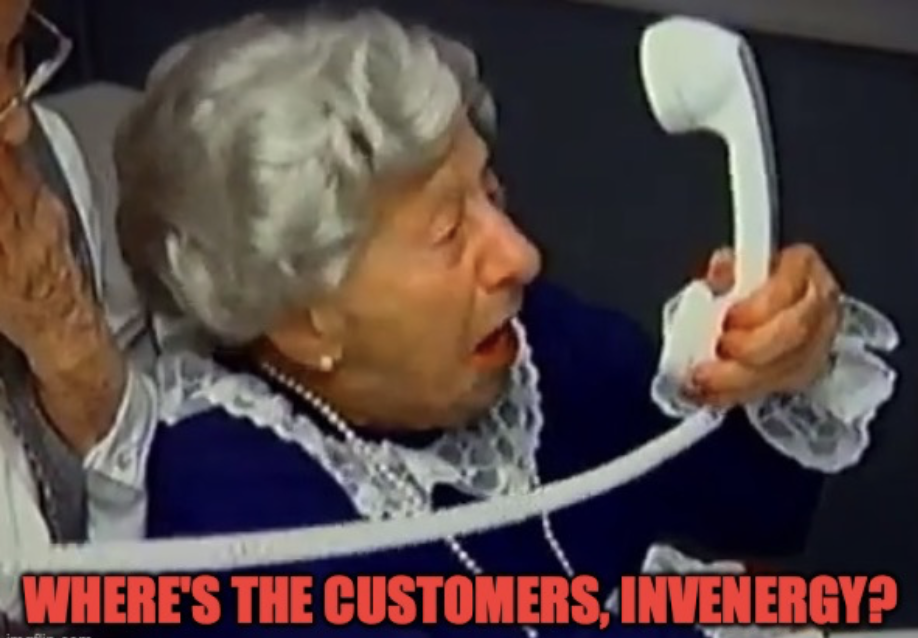

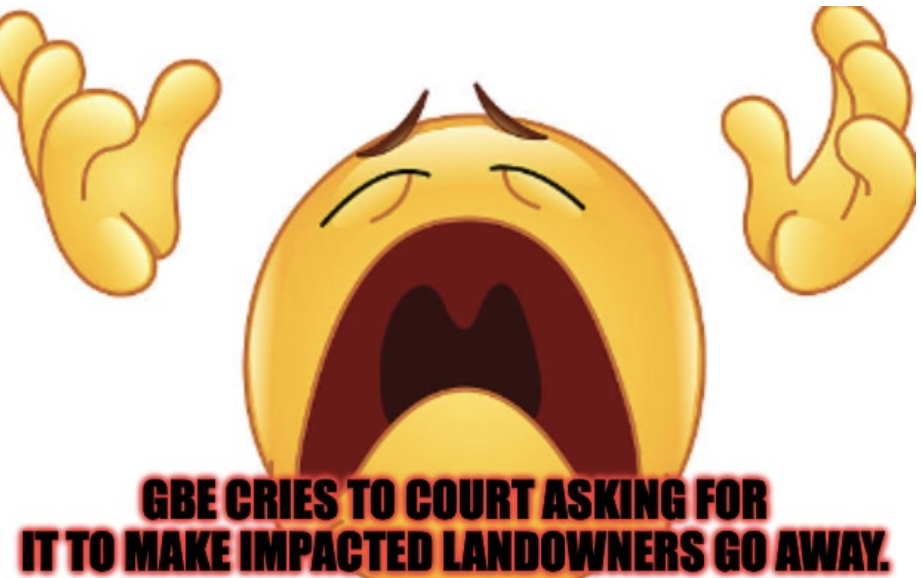
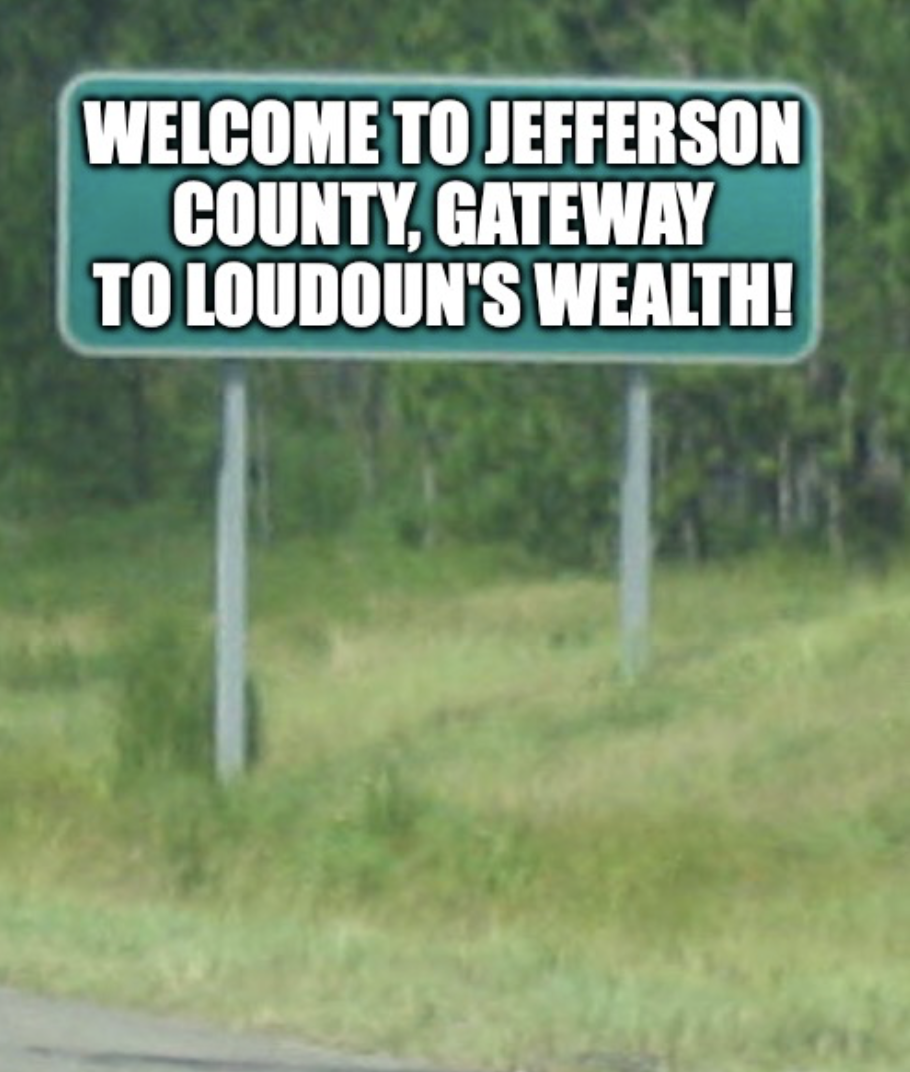
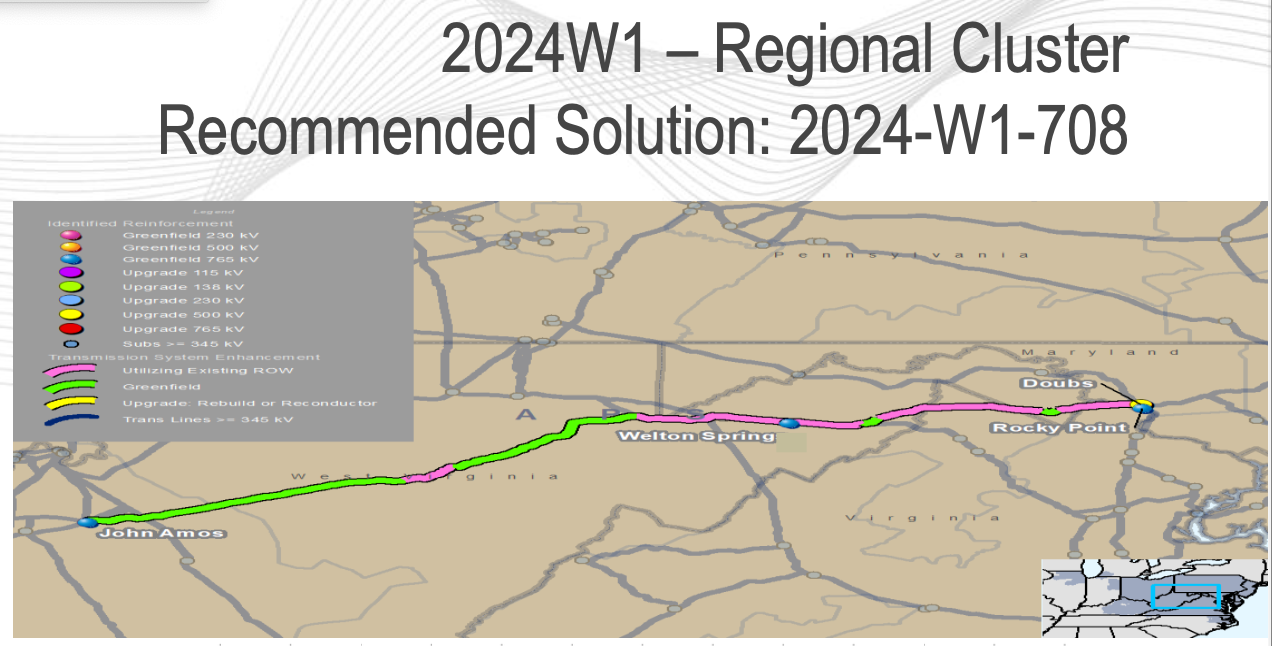
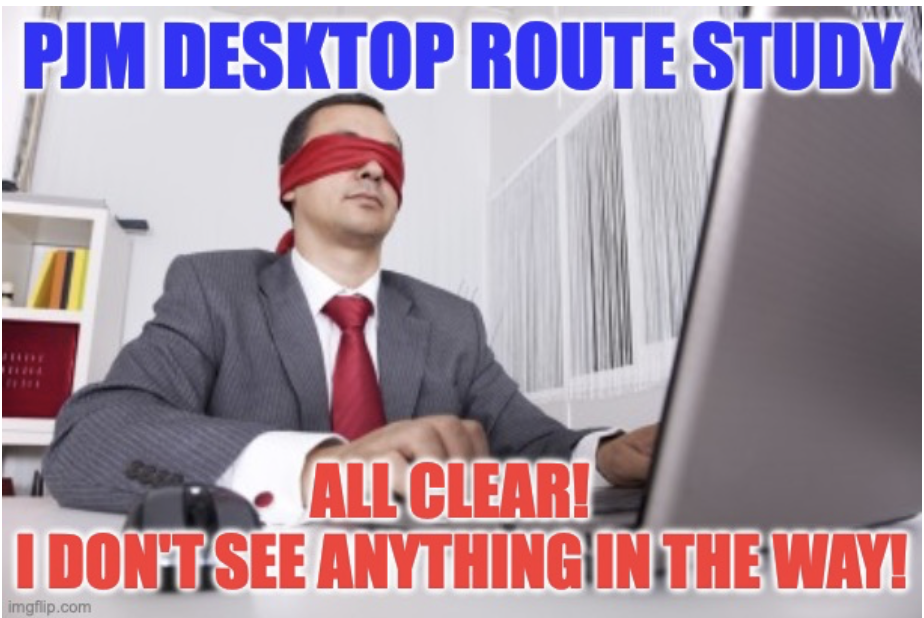

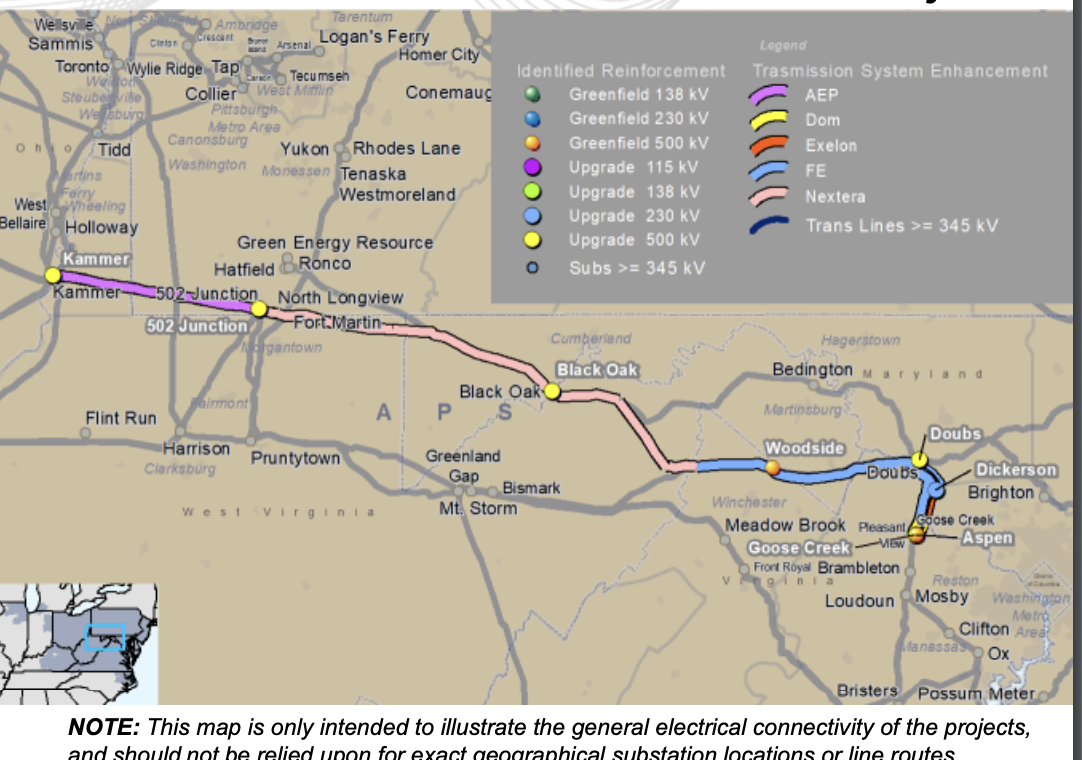


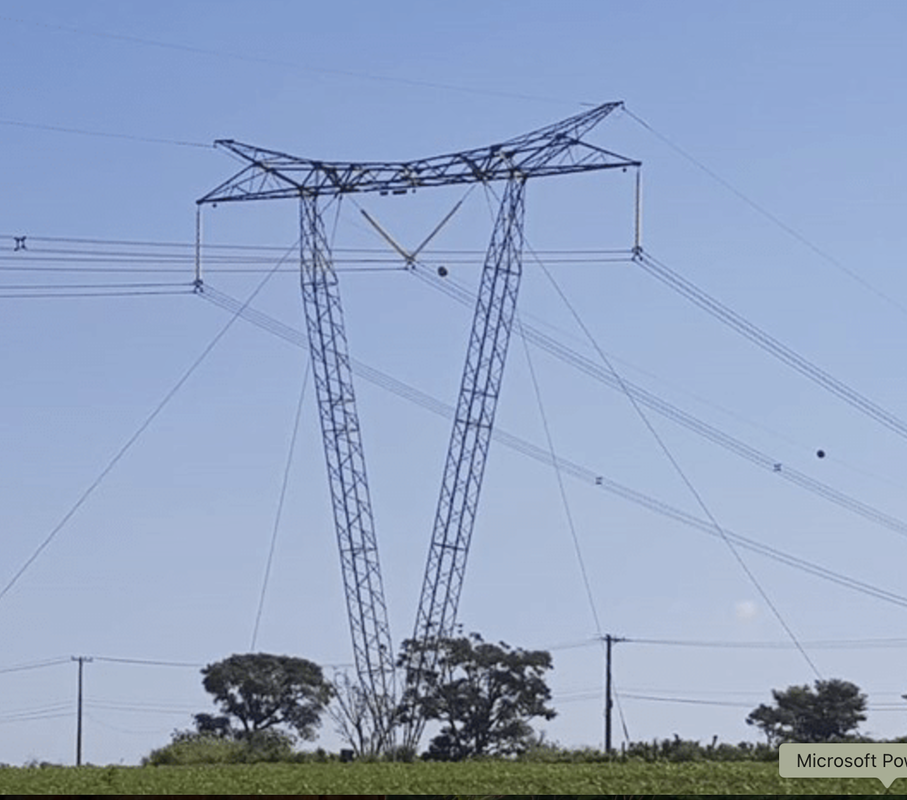
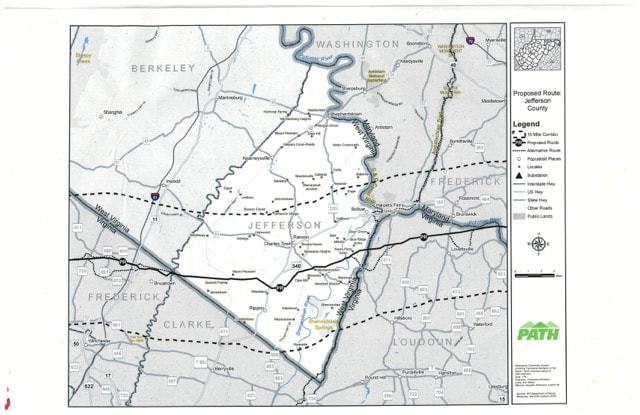
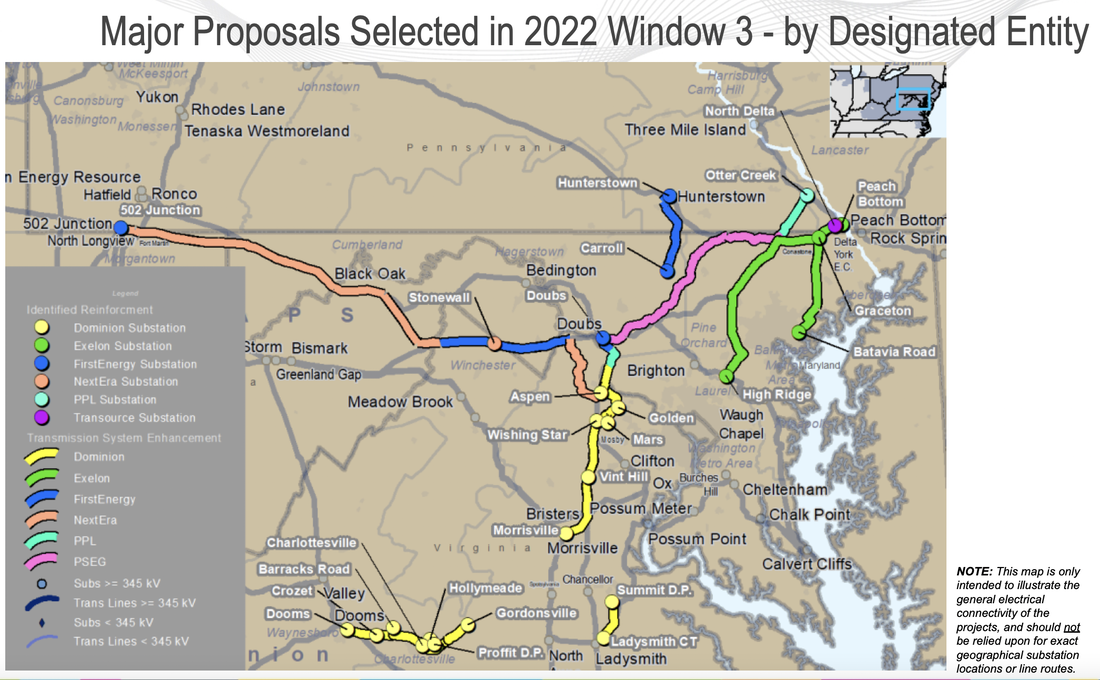
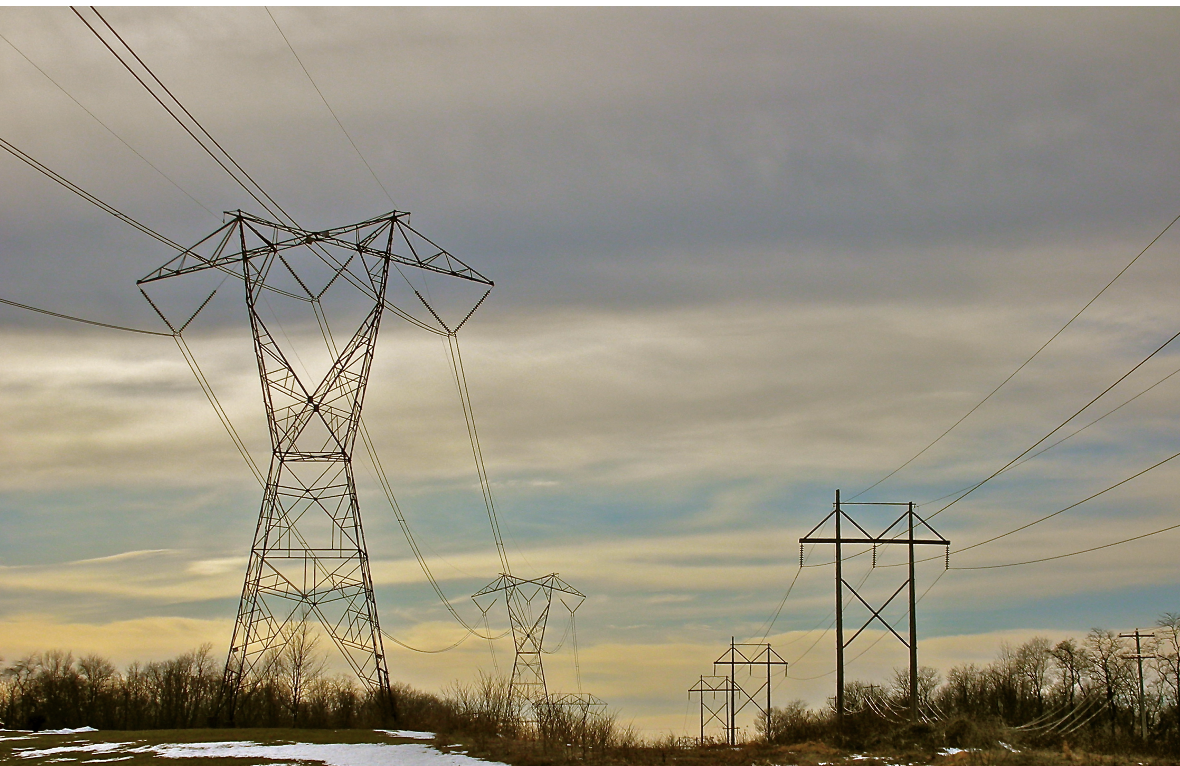
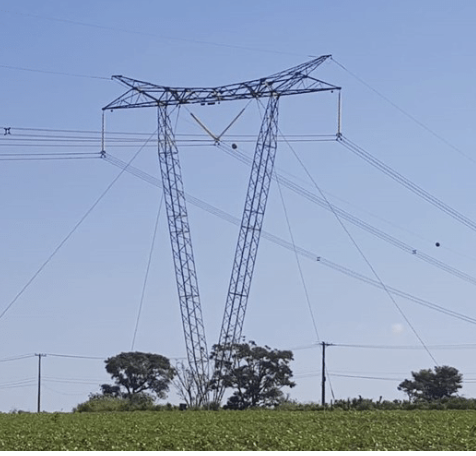
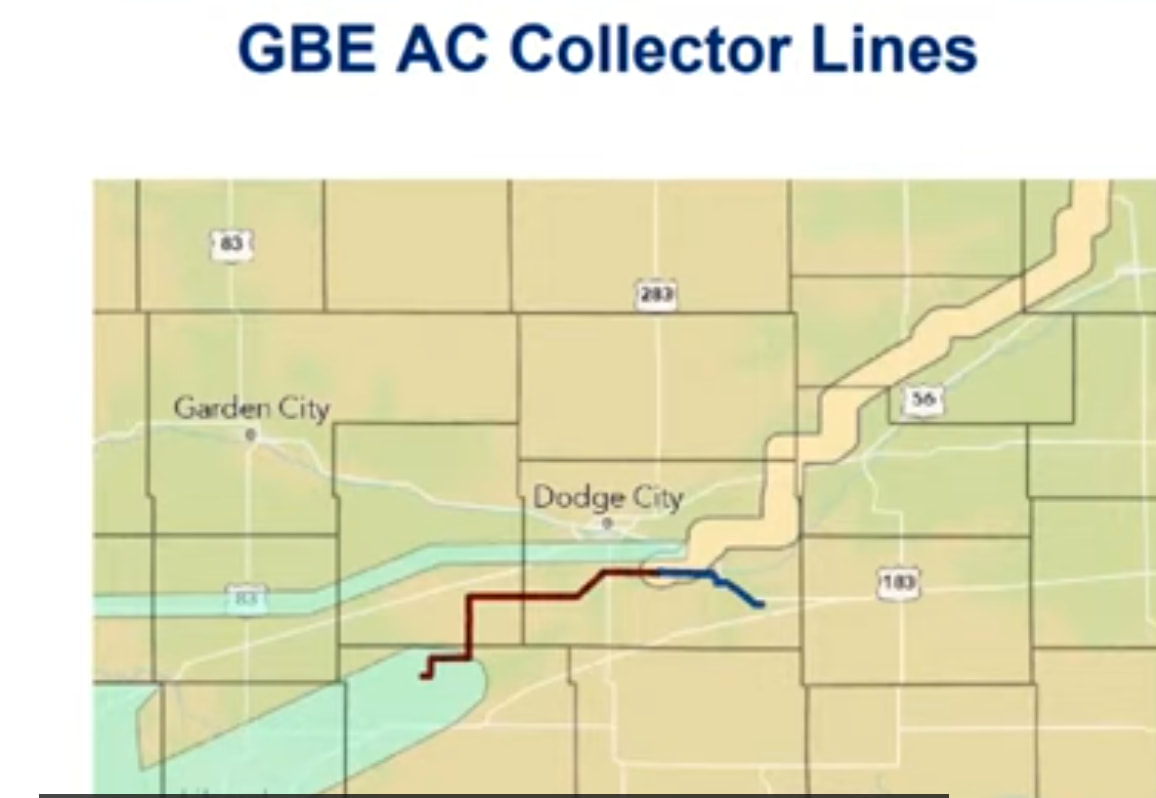
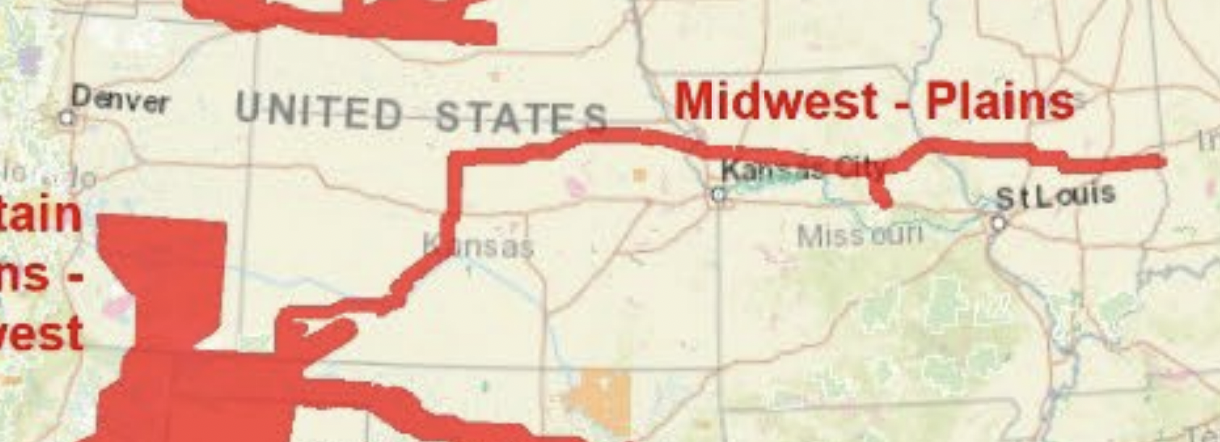
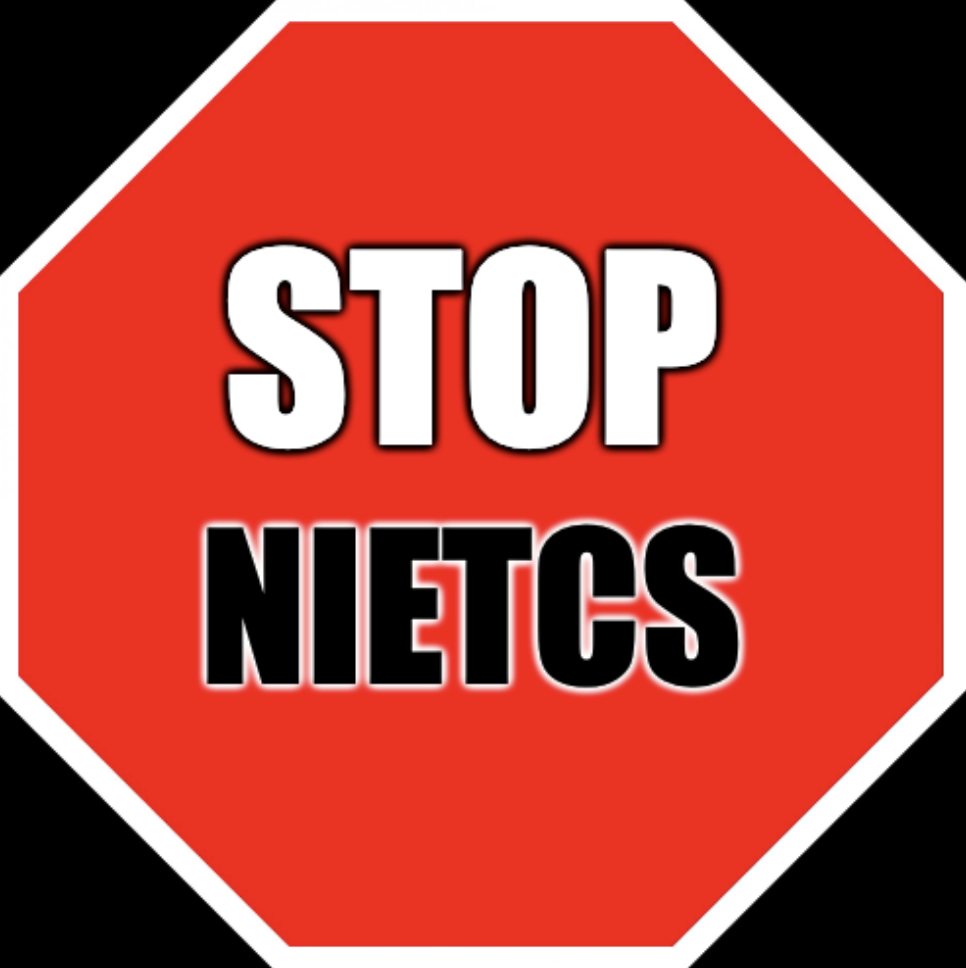
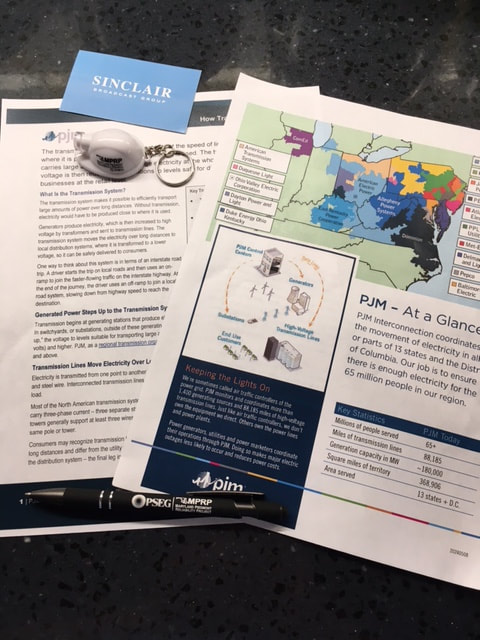

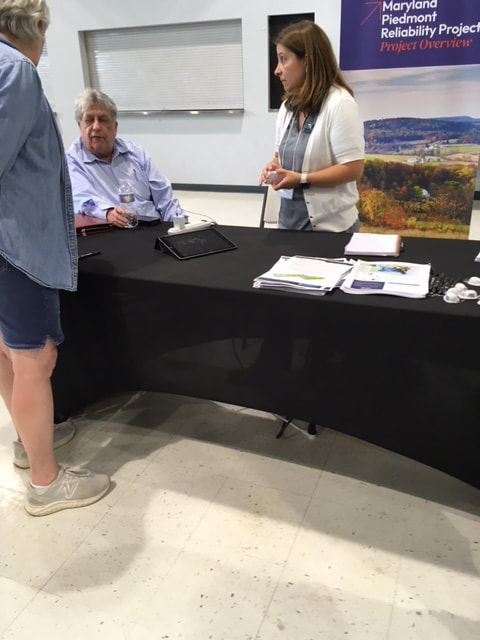
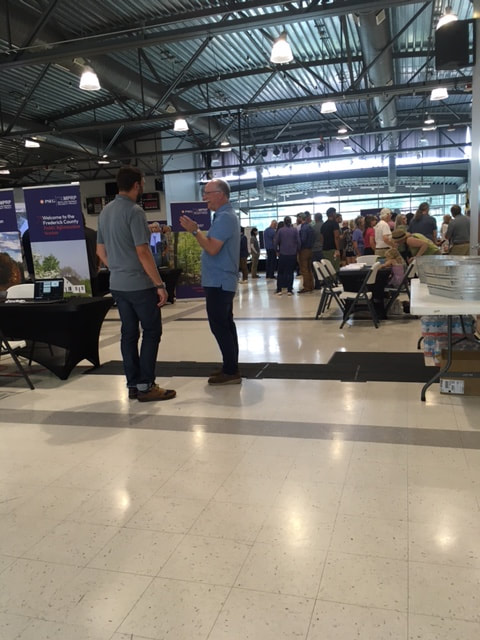
 RSS Feed
RSS Feed